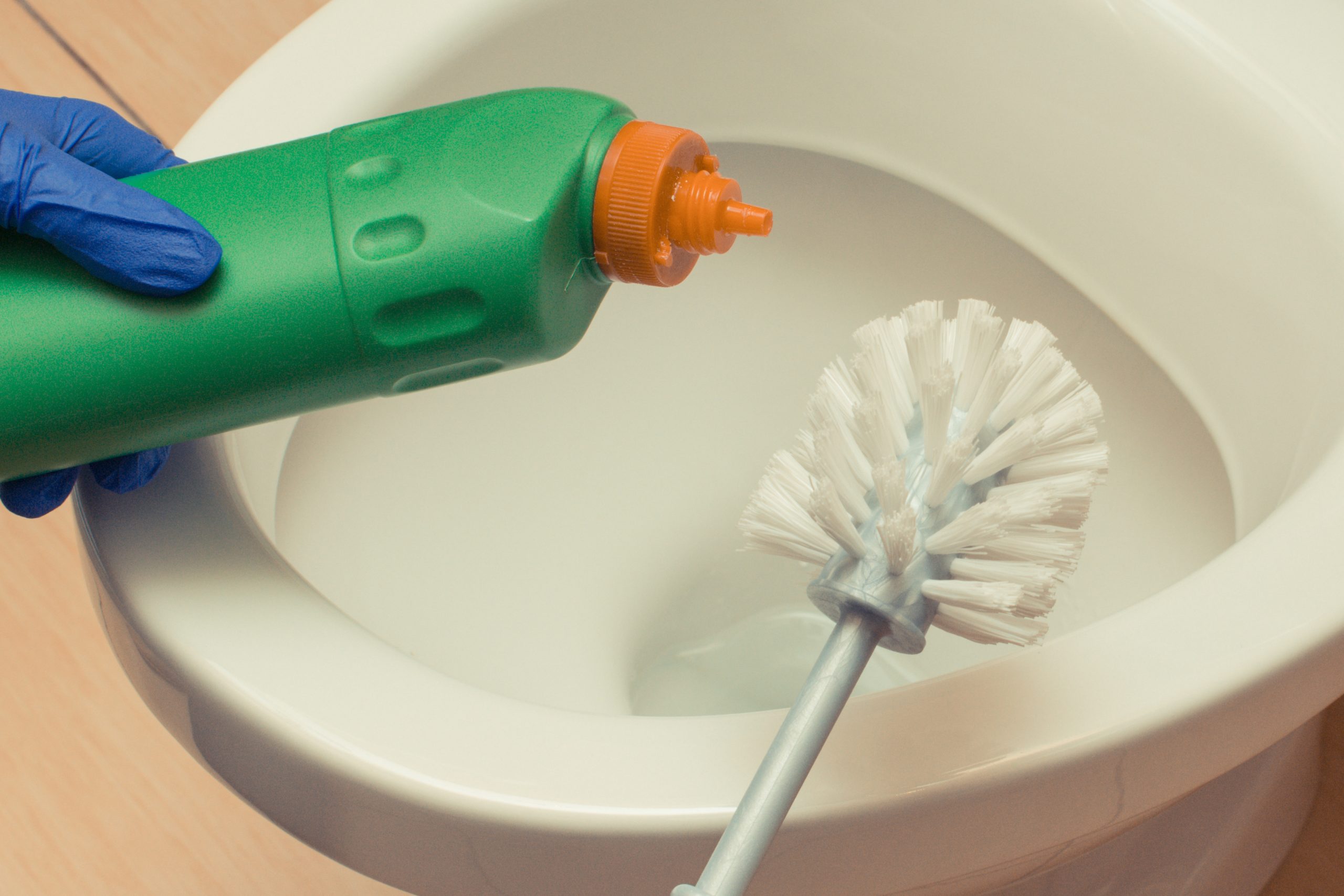Maintaining your home’s toilet is something we often overlook until a problem arises. Yet, keeping this essential fixture in good working order is crucial for household hygiene and functionality. As your trusted local Canberra plumbers, we’re here to guide you through the essentials of toilet maintenance, ensuring your bathroom remains functional and trouble-free.
Firstly, understanding the basic components of your toilet is key. Many issues arise simply because homeowners aren’t familiar with the parts of their toilet and how they work together. By knowing these details, you can spot any minor problems before they turn into major repairs. Next, regular cleaning isn’t just about keeping your toilet looking great; it helps prevent the buildup of bacteria and limescale, which can affect how well it functions.
We’ll help you identify common toilet issues that you can fix on your own and explain when it’s necessary to call in professionals like us. With simple tools and a bit of knowledge, you can ensure your toilet operates efficiently year-round, saving you time and money on potential repairs.
Understanding Your Toilet’s Basic Components
Every Canberra homeowner should have a basic understanding of their toilet’s components to ensure efficient maintenance and quick troubleshooting. The primary parts of a typical toilet include the tank, the bowl, the flush mechanism, and the plumbing that connects to the rest of your bathroom infrastructure. The tank houses the water that initiates the flush. Within the tank, you’ll find the fill valve, which controls water intake, and the flush valve, which releases the water into the bowl when the handle is pressed.
The toilet bowl is the visible part where waste is deposited, and it’s attached to the s-trap, which curves to hold water and block sewer gases from entering the home. Understanding these components helps identify which part may be causing trouble if you encounter issues. Regular checks can ensure each part functions properly, preventing common toilet troubles such as continuous running water or inefficient flushing.
Regular Cleaning Practices for Optimal Hygiene and Functionality
Maintaining cleanliness and functionality in your toilet involves more than just a quick scrub. Here are some steps you can follow:
- Daily Wiping: Use a disinfectant cleaner to wipe the toilet seat, handle, and outer bowl at least once daily. This prevents the buildup of germs and keeps the toilet hygienic.
- Weekly Scrubbing: Deep clean the bowl with a toilet brush and a reliable cleaner formulated for limescale and stain removal. Scrub under the rim to remove hidden grime and flush twice to rinse thoroughly.
- Monthly Inspection: Check internal components like the flapper, flush valve, and fill valve for signs of wear or damage. Replace them promptly with high-quality parts to prevent water leakage and ensure efficient flushing.
- Deodorise Naturally: Instead of harsh chemical fresheners, use vinegar and baking soda periodically. This mixture helps maintain freshness and can aid in breaking down minor blockages in the pipeline.
By maintaining these routines, we can ensure our toilets are clean and functionally optimal, saving us from potential discomfort and costly repairs.
Common Toilet Problems and How to Fix Them
Experience tells us that certain toilet issues crop up more frequently than others. Understanding these common problems can equip homeowners to tackle them without panic. One typical issue is a toilet that won’t flush properly. This usually stems from issues within the tank, such as a disconnected lift chain or a faulty flapper. Reconnecting the chain or replacing the flapper are often quick fixes that restore function. Another common problem is a constantly running toilet, which may be caused by a misaligned float or a leaky fill valve. Adjusting the float to ensure the water stops filling at the proper level or replacing the fill valve can usually resolve this issue.
Leaky seals are another nuisance, leading to water on the floor around the toilet base. This can usually be fixed by tightening the bolts that secure the toilet to the floor or replacing the wax seal. If these do-it-yourself fixes don’t solve the problem, it might indicate a more serious issue, like a crack in the tank or bowl.
When to Call Us: Recognising Issues That Need a Professional Plumber
While many toilet troubles can be solved with a bit of DIY knowledge and elbow grease, there are times when it’s best to call in the experts. If you’ve tried to fix a recurring issue without success, it might be time to give us a call. Situations like persistent clogs that don’t respond to a plunger or drain cleaner or issues where water is leaking into other areas of your bathroom are cases where professional help is necessary.
Professional plumbers can also help when modifications are needed, such as installing a new type of toilet that may offer better water efficiency or retrofitting old plumbing to accommodate modern fixtures. These are tasks that not only require plumbing expertise but compliance with local building codes. It’s always a good practice to ensure safety and effectiveness by leaving the more complex jobs to the professionals.
Conclusion
Every homeowner should be equipped with the knowledge to handle minor toilet maintenance, but recognising when a situation is beyond basic DIY repair is crucial. Persistent issues, installation of new fixtures, or leaks impacting home structures are all scenarios where professional insights are invaluable. At Capital Plumbing Specialists, we’re here to assist with all your plumbing needs. From routine check-ups to emergency repairs, our experienced team ensures your home’s plumbing is functioning at its best. Reach out to our local plumber today and experience the peace of mind that comes with expert plumbing solutions.


 About Us
About Us